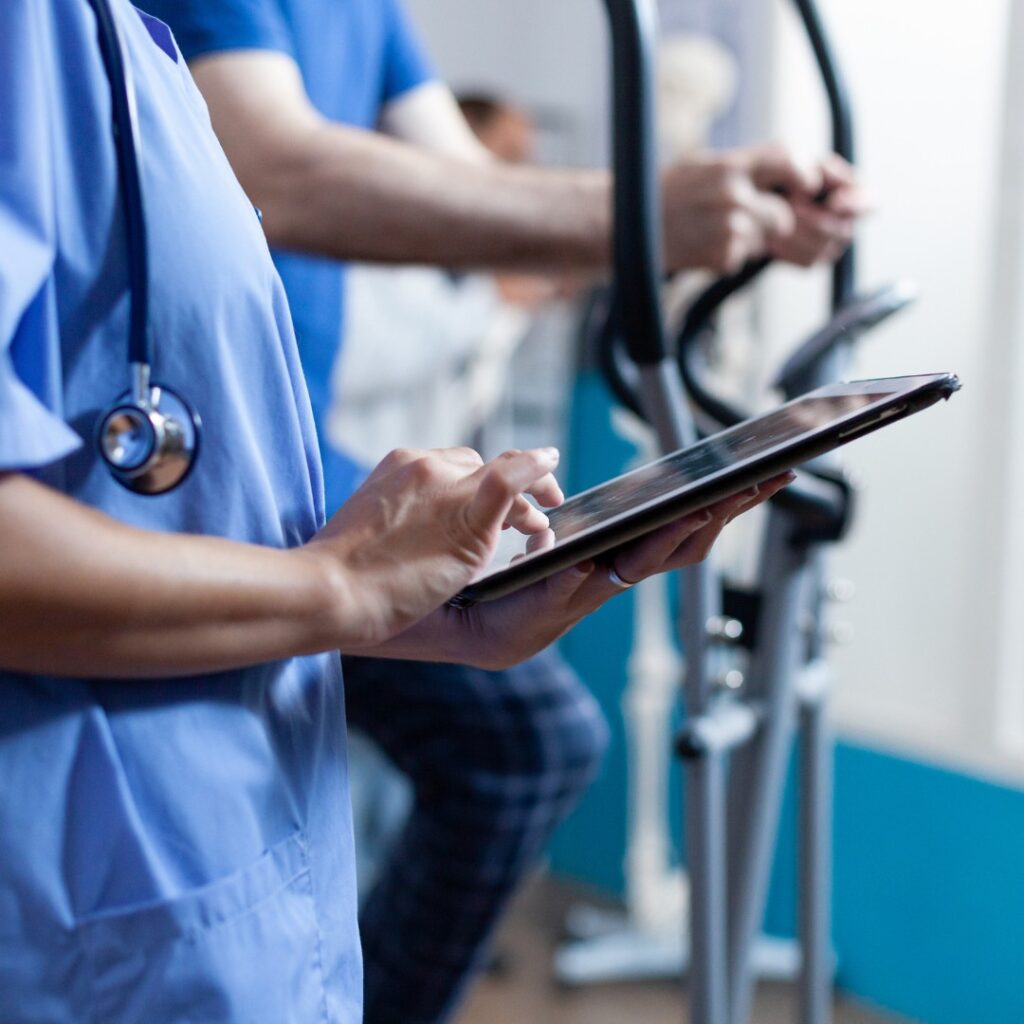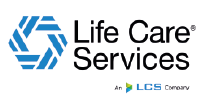Mobile vs Desktop Scheduling: Why Healthcare Staff Prefer Apps on the Go
In today’s digital world, flexibility and accessibility are no longer “nice to haves”, they are essential. Healthcare workers, like many professionals, are increasingly mobile. Whether checking schedules between shifts or accepting a last-minute shift offer, they need tools that work wherever they are. This is where mobile self-scheduling shines.
While desktop scheduling tools still play a role, mobile access is rapidly becoming the preferred method for healthcare staff. This article compares mobile vs desktop scheduling and explains why mobile is leading the way in boosting staff satisfaction and operational efficiency.
The Shift Toward Self-Scheduling in Healthcare
Self-scheduling is a growing trend in modern healthcare. It allows staff to:
- Select open shifts
- Swap shifts with colleagues
- Set availability
- Receive notifications
The benefits are well-established, greater autonomy, better work-life balance, and increased shift coverage. But to unlock the full value of self-scheduling, mobile functionality is key.


Why Mobile Self-Scheduling Is Preferred
- On-the-Go Access
Healthcare staff don’t spend most of their time behind a desk. They need scheduling tools they can access:
- On the ward
- On breaks
- At home
- During commutes
With a mobile app, they can check or update their schedule in seconds.
- Instant Notifications
Desktop systems require active login. Mobile apps can push real-time alerts, ensuring staff never miss a shift change, swap request, or available shift.
- Faster Response Times
When managers post open shifts, mobile users respond faster. This means gaps are filled sooner, often without turning to agency staff.
- Modern, User-Friendly Design
Mobile-first platforms like CliniShift are intuitive, visually clean, and designed with ease-of-use in mind, particularly for younger, tech-savvy staff.
When Desktop Still Matters
While mobile is ideal for daily use, desktop tools remain useful for:
- Creating full rosters
- Bulk scheduling
- Reporting and analytics
- HR-level management
The best platforms, like CliniShift, offer both mobile and desktop interfaces (CliniShift Manager portal) to meet the needs of every user.
Benefits for Managers
Managers also benefit from mobile functionality:
- Post urgent shift needs from their phones
- Approve swaps or requests quickly
- Stay informed of coverage gaps while offsite
This flexibility helps maintain continuity of care and makes the job of managing staff far more efficient.

The Impact on Engagement and Retention
When staff can manage their schedules independently—anytime, anywhere—they feel:
- More empowered
- Less stressed
- More loyal to the organisation
In fact, research shows that staff who have input into their scheduling are more likely to stay long-term and less likely to suffer burnout.
Real-World Results
Hospitals and clinics that adopt mobile self-scheduling tools have reported:
- A 30% increase in shift-fill speed
- Higher satisfaction scores among staff
- An 18% improvement in patient‑to‑nurse ratio
- Increased adoption rates of the scheduling system overall
These improvements not only benefit staff—they directly impact patient care and operational effectiveness.







